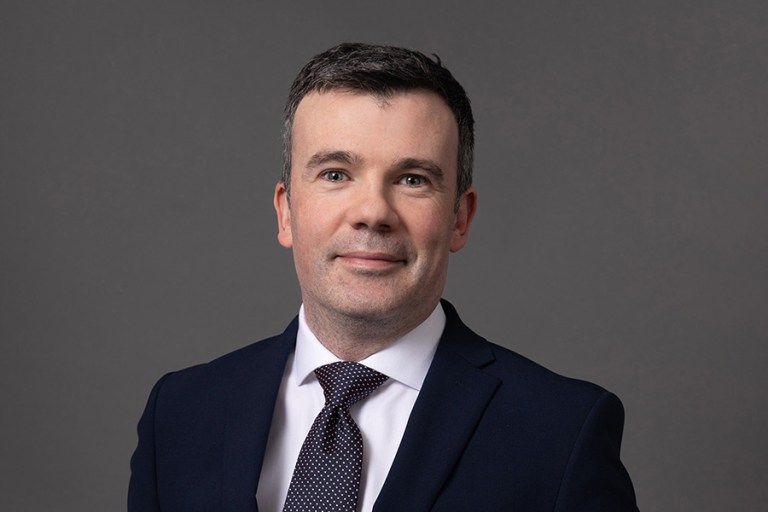We previously discussed The Companies (Rescue Process for Small and Micro Companies) Act 2021 (the “2021 Act”) which came into effect on 7 December 2021. The purpose of the 2021 Act is to provide an alternative to the examinership procedure to smaller companies by means of a cost-efficient and readily accessible rescue process (“SCARP”), should the company meet certain criteria.
Insolvency rates remained low during the COVID-19 pandemic and governmental financial aids provided during the pandemic have been phased out and/or withdrawn. However, we are beginning to see the SCARP option being explored more frequently.
Five Differences between the SCARP and Examinership:
1. There is no restriction on the size of a company seeking to undergo the examinership process, whereas, the SCARP procedure is available only to small or micro companies. There are three criteria, two of which the company must satisfy to qualify for small or micro status. These include:-
1a The company has no more than 50 employees for a small company/no more than 10 employees for a micro company;
1b The turnover of the company is not in excess of €12 million for a small company/ €700,000 for a micro company ; or
1c The balance sheet of the company is not in excess of €6 million for a small company/ €350,000 for a micro company.
2. Entry into the examinership procedure is by way of application to the Court, usually supported by an independent accountant’s report. The intention is for the SCARP procedure to be an administrative one and therefore to have no Court involvement, as the Process Advisor is appointed by passing of a company’s board resolution. However, in prescribed circumstances, certain applications to the Court by the Process Advisor may take place.
3. Under the examinership procedure, the timeframe for presentation of a rescue plan to creditors to approve is 99 days (149 until 31 December 2022, per temporary legislation). The timeframe within the SCARP procedure is 49 days, with a further 21-day “cool-down” period. If no objections are raised by day 70, the rescue plan is put into effect.
4. The recently introduced European Union (Preventative Restructuring) Regulations 2022 (the “Regulations”) set out new requirements for approval of a rescue plan under the examinership procedure. Under section 534(b), the plan must be approved by a majority of the voting classes of creditors whose interests or claims would be impaired by the process, provided that at least one of those creditor classes is a class of secured creditors or is senior to the class of ordinary unsecured creditors. If this condition is not met, a rescue plan may be accepted when at least one voting class of creditor whose interest would be impaired by the scheme of process and who would be an “in the money creditor” in a liquidation has voted in favour of the process.
The approval under the SCARP procedure, in contrast, arises when the rescue plan is accepted by a 60% in numbers of an impaired class of creditors of the company. This 60% represents a majority of value of the claims of the creditors within that class.
5. Examinership provides immediate protection from creditors and from enforcement of debts. However, under the SCARP procedure, there is no such immediate protection from enforcement. Rather, the protection can be sought from the Court once the Process Advisor has been appointed, if necessary. For example, applications may be made to the Court for a protective order to ensure that no proceedings be initiated against the applicant company.
Related articles:
- Small Company Rescue Proposals Published by Government
- Companies (Rescue Process for Small and Micro Companies) Act 2021 – Now in Effect
- Government approves extension of The Companies (Miscellaneous Provisions) (Covid-19) Act 2020 to 31 December 2022 – Restructuring options in a post pandemic era
Eimear Kinsella, trainee, assisted in the production of this article.
